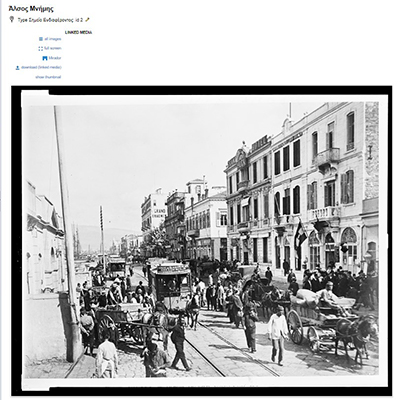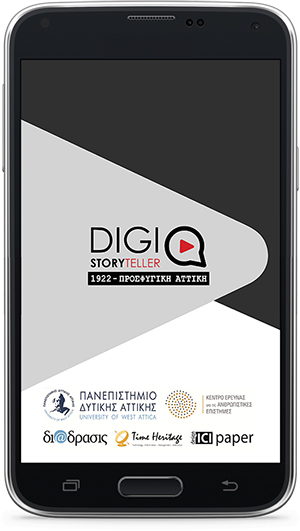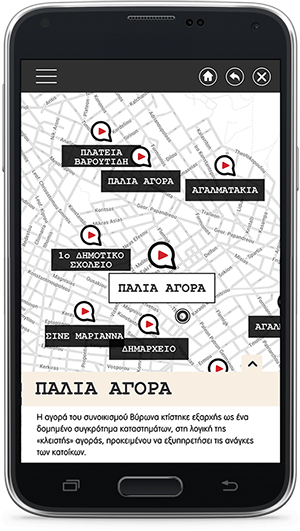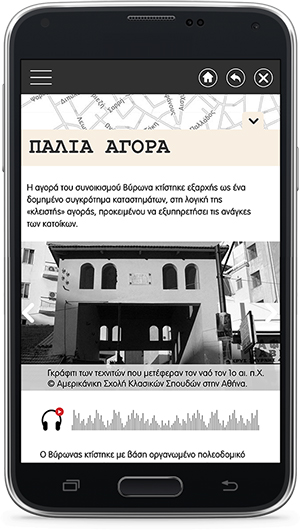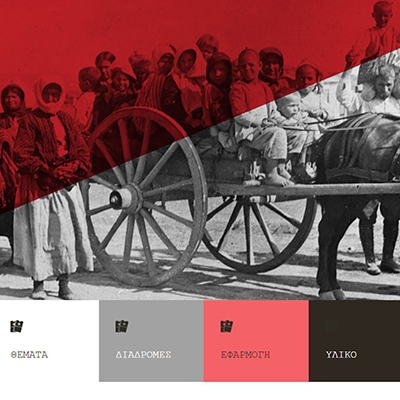
Th-ink
July 11, 2023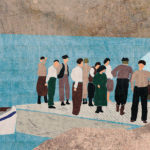
Digital Journey to Spinalonga
March 21, 2024DIGIstoryteller
Digital narrator: refugee Attica
Implementation period: 2022- 2023
Contracting authority: ""Research and Innovation Partnerships in the Region of Attica""
Tools: Augmented Reality, App, Multimedia, Internet
This program offers a digital tour exploring various corners of Attica, with a particular focus on locations tied to refugee movements. It covers historical events such as the influx of refugees in 1922, including the establishment of refugee neighborhoods and their impact on the city center. Additionally, it delves into more recent migratory flows, such as Romanians from Istanbul, Russian Ossetians, Cypriots in 1974, and migrations from Poland, Albania, and the Czech Republic during the 1990s. Lastly, it sheds light on the current migration issue, highlighting the experiences of refugees from Syria, Afghanistan, and other countries.
The aim is to demonstrate the multicultural character of Attica and to present interesting aspects of the creation and evolution of the city and its districts, while the emphasis will be on the emotional approach and the common experiences of migration and settlement.
The implementation of the programme has been undertaken jointly by Diadrasis, UNIWA, ΚΕΑΕ, Τime Heritage and ICI ΚΟΙΝ.Σ.ΕΠ. under the Attica Operational Programme "RESEARCH AND INNOVATION PARTNERSHIPS IN THE REGION OF ATTICA"
Diadrasis primarily focuses on utilizing augmented reality environments to enhance the presentation of virtual content. This includes improving the visual recognition of large objects through mobile devices and integrating artificial intelligence technologies to personalize tour content according to user preferences. Additionally, Diadrasis aims to expand the range of multimedia presentation methods, ensuring maximum user engagement and interest.
More specifically, we created:

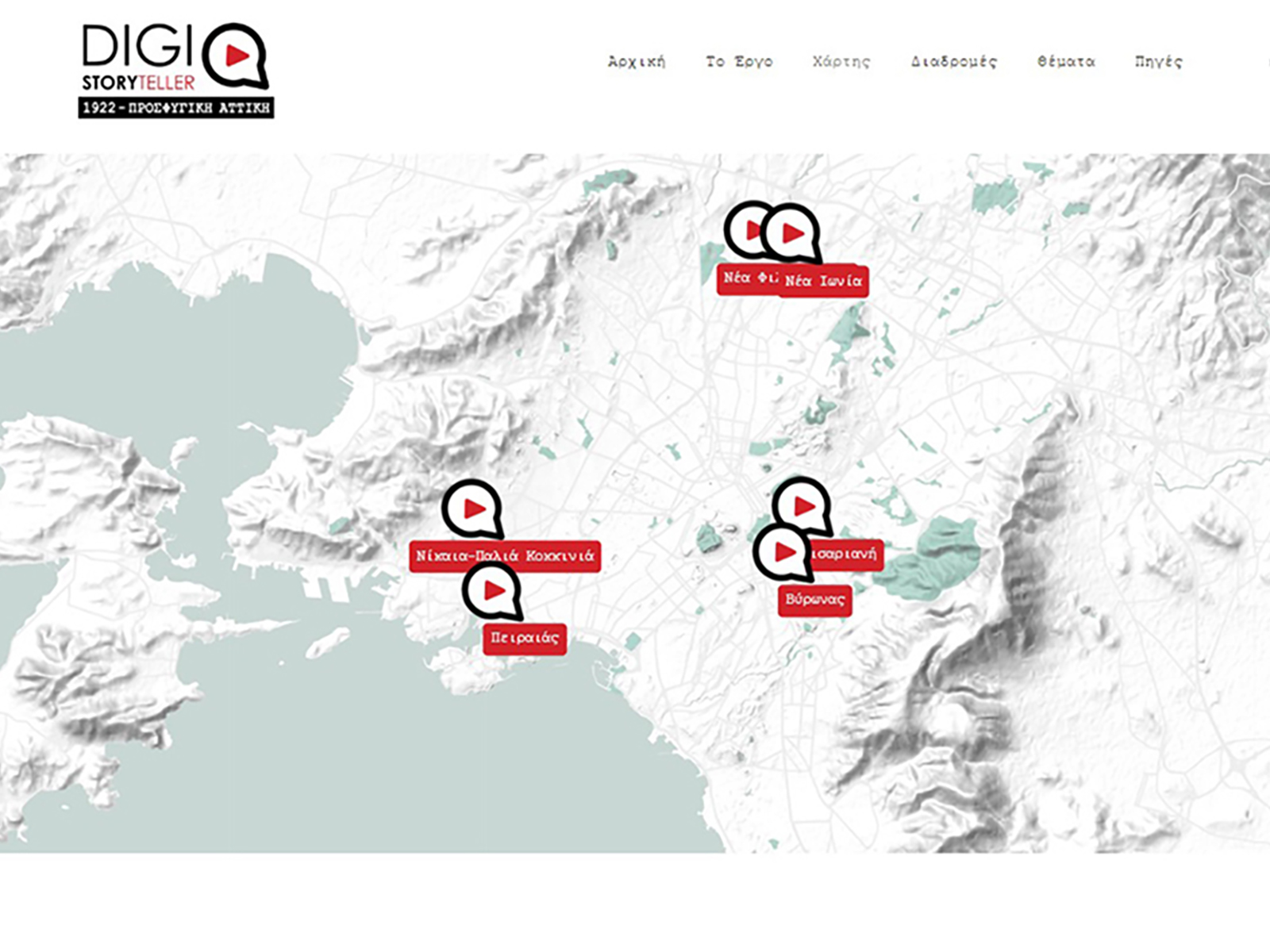
Digital Platform
The project's website presents tour paths for every municipality, with the help of documents that were collected, selected and registered by the research team of the project, supplementing the historical information for every point of interest with multimedia material (photos, music, recorded testimonials, video interviews and recipes).Furthermore, horizontal themes are developed and the historical context of the arrival and settlement of the refugees is described.
Documentation System
For this project it was deemed necessary to create a database capable of hosting the rich and diverse material that had been collected to enrich the digital applications. Through it the interoperability between different systems is facilitated and the data transmission to web and mobile devices is ensured. At the same time, ease of use on a team level is achieved, as are the research goals of the project.The Documentation System is hosted on the heurist platform, specially designed for research material and collections of social sciences, and was created by the Diadrasis team according to the standards of international documentation systems.

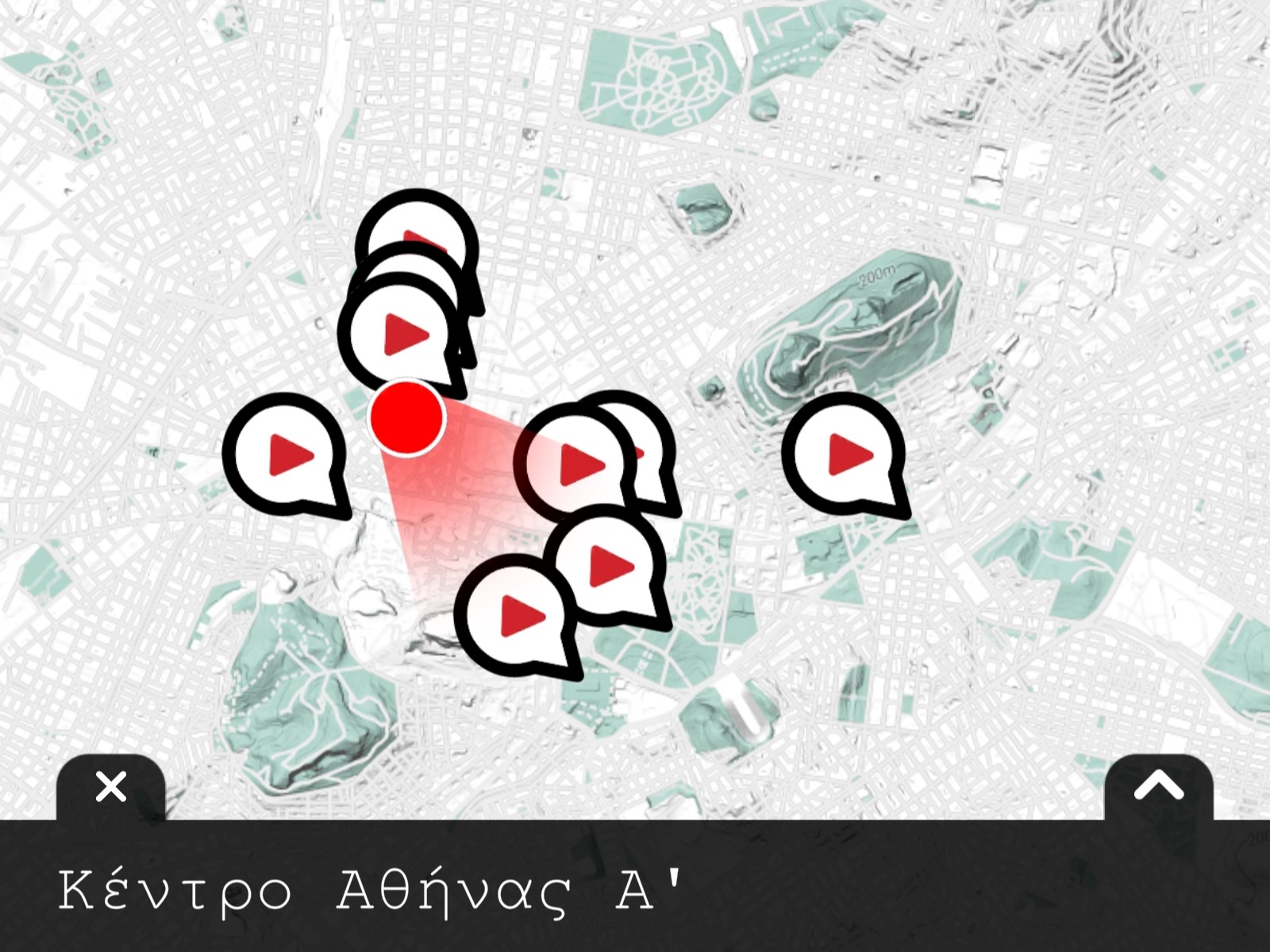
Tour Guide App
An application for a guided tour in the refugee neighborhoods of Attica. A journey in time that gives the user the ability to see pictures, listen to testimonials, and learn from the events and stories from the time of the arrival of the refugees from Asia MInor. There is the capacity of on-site navigation using GPS, and of browsing the pages independenty/Available for iOS and Android.
Commercial Products
Paper print-out products that connect with the digital environment using Augmented Reality technology. These include: a coloring book inspired by period photographs, with information about every image, a map and a three-dimensional papercraft about the Byronas municipality, and a sound-book and playing cards set.Every product is accompanied by its corresponding app for mobile devices, that enriches the experience with AR effects.
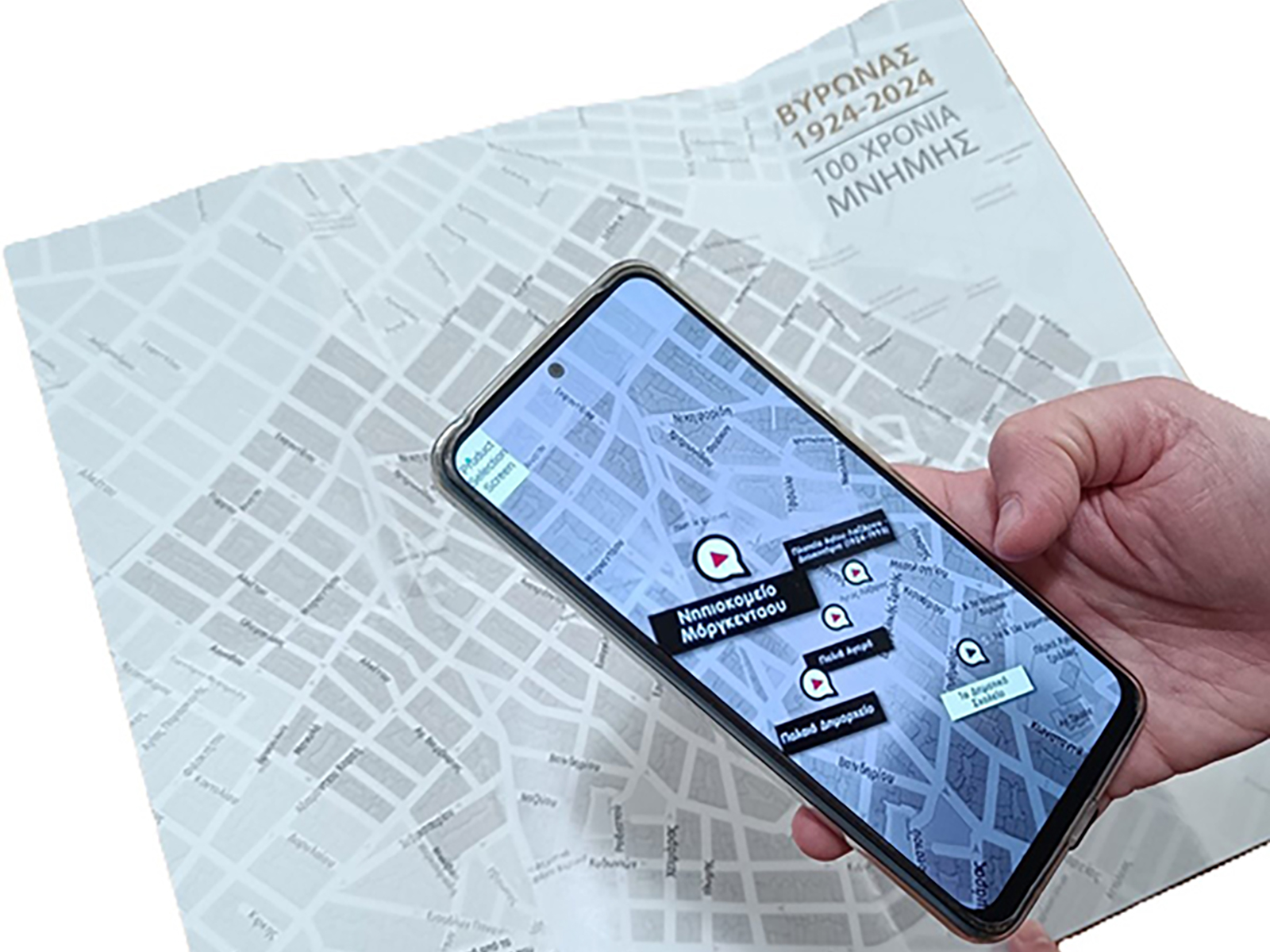
Project News


